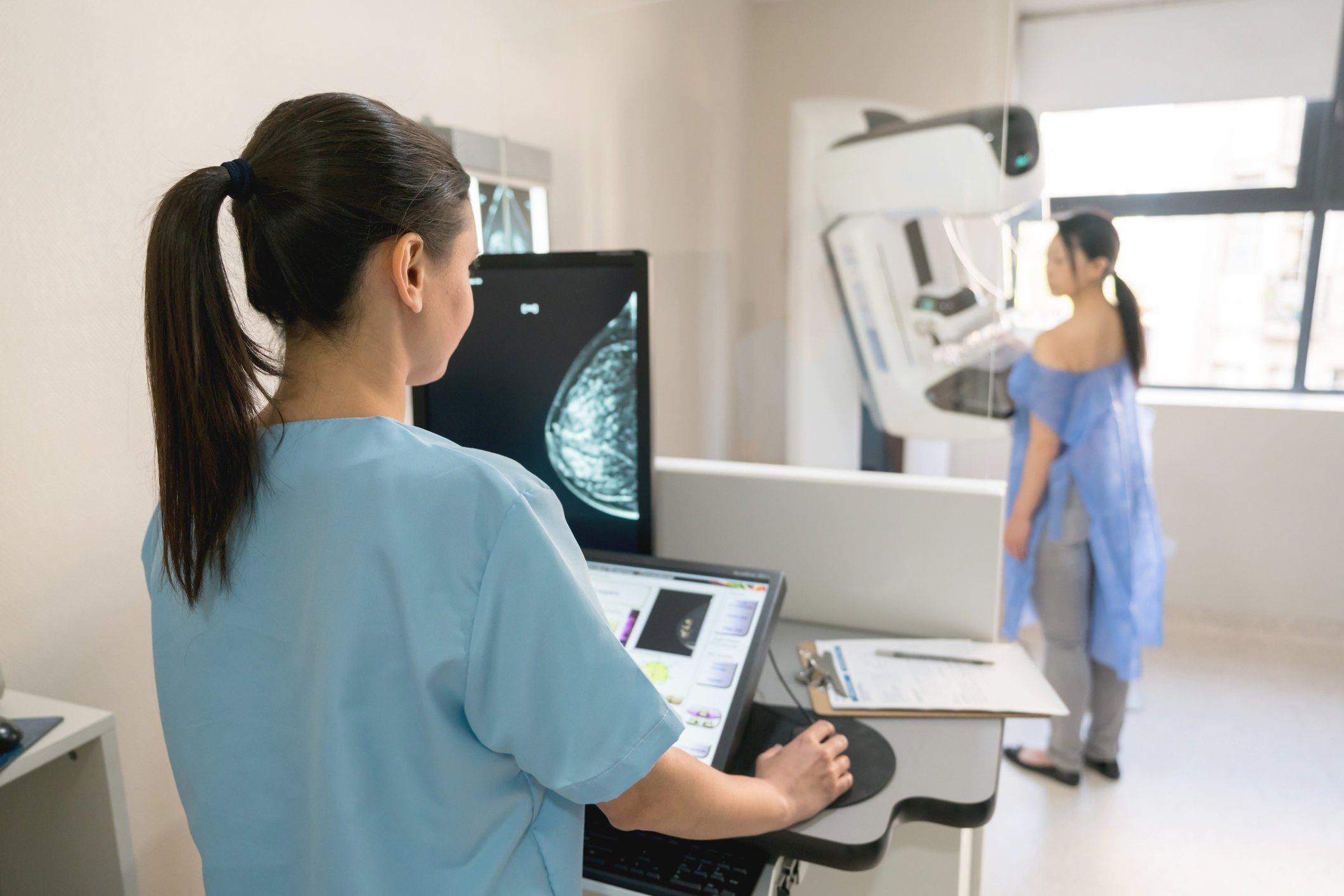Mammograms matter: Early detection can save lives
Mammograms are powerful tools for catching breast cancer early—when it’s most treatable. This Breast Cancer Awareness Month, we’re urging members to take charge of their health by staying on top of screenings.
What is a mammogram? A mammogram is a specialized X-ray of the breast to detect abnormalities that could put you at risk for cancer, which could be breast cancer or other breast irregularities.
How often should women get mammograms?
The American College of OBGYN recommends annual mammogram screenings starting at age 40. Some women might be advised to start screening at a younger age, especially if they have risk factors. Women who are age 40-49 years old should talk to their healthcare provider about when to start screening and what screening interval is appropriate. Once you start your screening mammograms, it is important to stay on schedule.
If you're skipping a mammogram screening, there is more of a window of time for a potential abnormality to grow. Getting a mammogram gives you the option of being able to detect an abnormality at an earlier, more curable stage.
Common misconceptions about mammograms
It’s common for people to worry about the risks of radiation from mammograms. These concerns are understandable, but mammograms have a long history of safe use, backed by strong evidence. Some may worry about pain during the procedure. While it may be briefly uncomfortable, that short moment can lead to life-saving early detection.
Accuracy may not be perfect, but mammograms are the best available tool for breast cancer. For those with specific risk factors, other options like MRI may be recommended. A conversation with a healthcare provider can help determine the most appropriate screening plan.
Breast self-examinations
It’s important to be familiar with your own body and to perform regular breast self-exams. This way, if you notice a change, you can take charge of your own health,” says Amy Comander, MD, a breast oncologist at Mass General Brigham. She added, “If you do notice a lump, don't panic. Most lumps turn out to be benign or non-cancerous. If you have a lump, it's a good idea to make an appointment with your PCP or gynecologist for a physical exam and mammogram.“
Dr. Comander offers these step-by-step instructions for breast self-examination:
- Pick a specific day to conduct the exam every month. Examples include the first or last day of every month, or the same number as your birthday. Don’t choose a day too close to your menstrual cycle, as hormones can affect the way your breasts feel.
- Remove your shirt and bra, then look at your breasts in the mirror. Notice whether they are the usual size, shape, color, and symmetry. Look for any changes in your skin, nipples, or overall breasts.
- Raise your arm over your head and look again. Don’t forget to look under your breasts and in your armpits. Repeat this with your other arm raised.
- Lie down. Then use the pads of a few fingers to press down on all areas of your breast and armpit. Use your right hand on your left breast, and vice versa. A circular pattern can help ensure you cover the entire area.
Mammogram coverage at Mass General Brigham Health Plan.
Mass General Brigham Health Plan Mammographic Examination (Mammogram) Preventive breast cancer screening by a mammogram is covered, including 3D mammograms. Women must be age 40 or older or have risk factors that require screening at a younger age. Follow-up breast ultrasounds are also covered as preventive breast cancer screenings (instead of or in addition to a screening mammogram). Breast MRIs are covered as preventive breast cancer screenings when criteria are met.
Learn more about mammogram screening.
